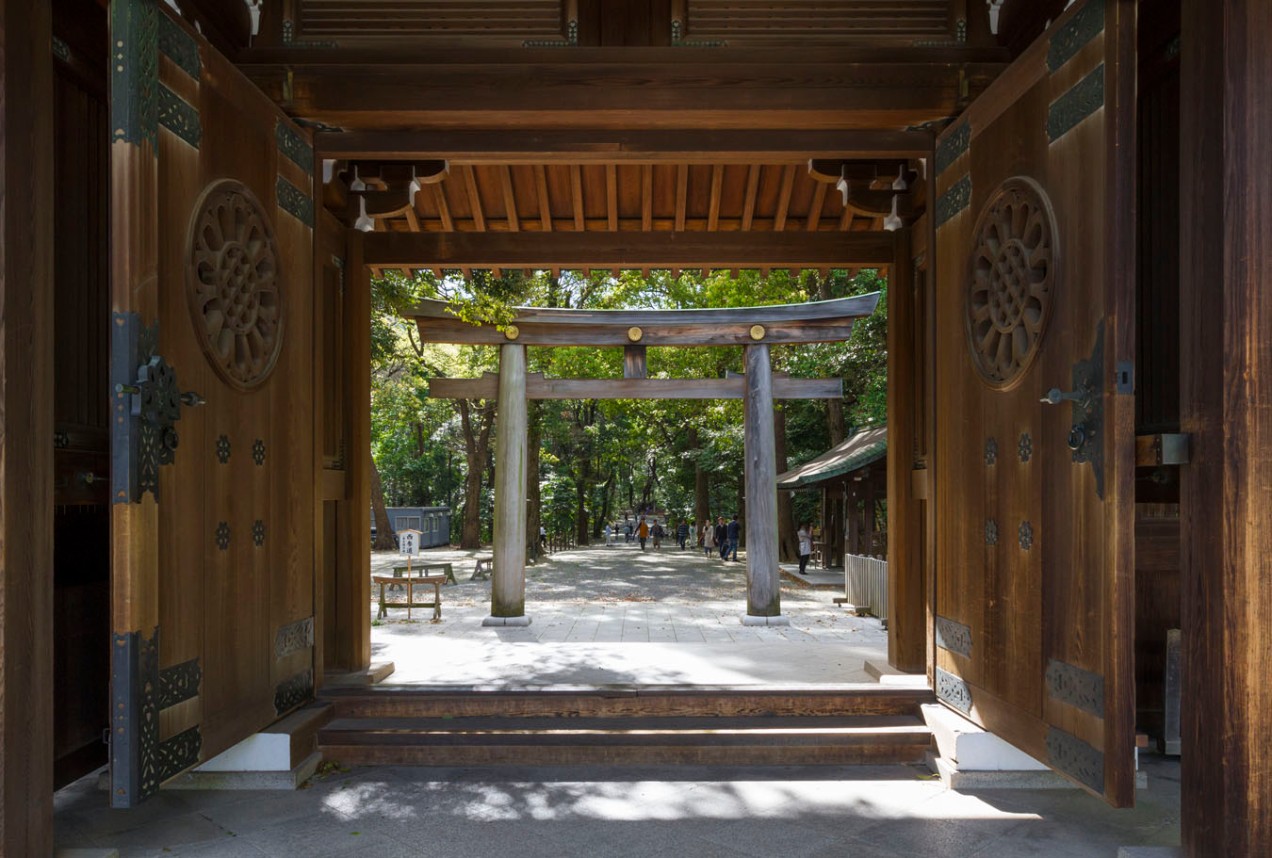Category Archives: japan
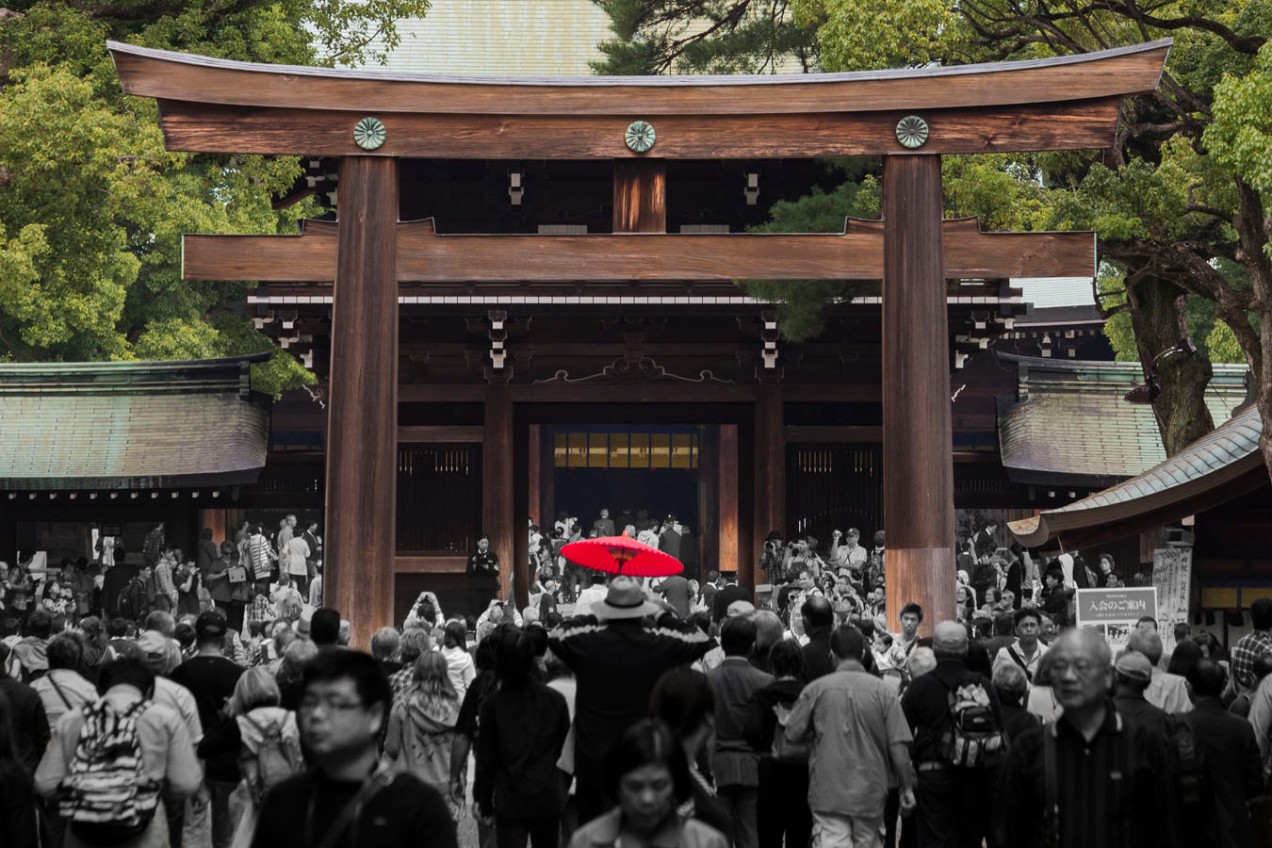
Red Parasol
Meiji Jingu is my favorite shrine in Tokyo. Located in Shibuya, right across the street from Harajuku, it offers 0.7 square kilometers (170 acres) of tranquil forest sanctuary in the middle of Tokyo’s dense urban metropolis.
Weekends are a popular time to visit for both tourists and locals, as the temple grounds provide a beautiful backdrop for traditional Shinto weddings. At frequent intervals, ceremonious marriage processions take place within the main courtyard, and interested visitors quickly swarm in for a gander.
Among the sea of people, a simple, red parasol becomes a diamond in the rough.
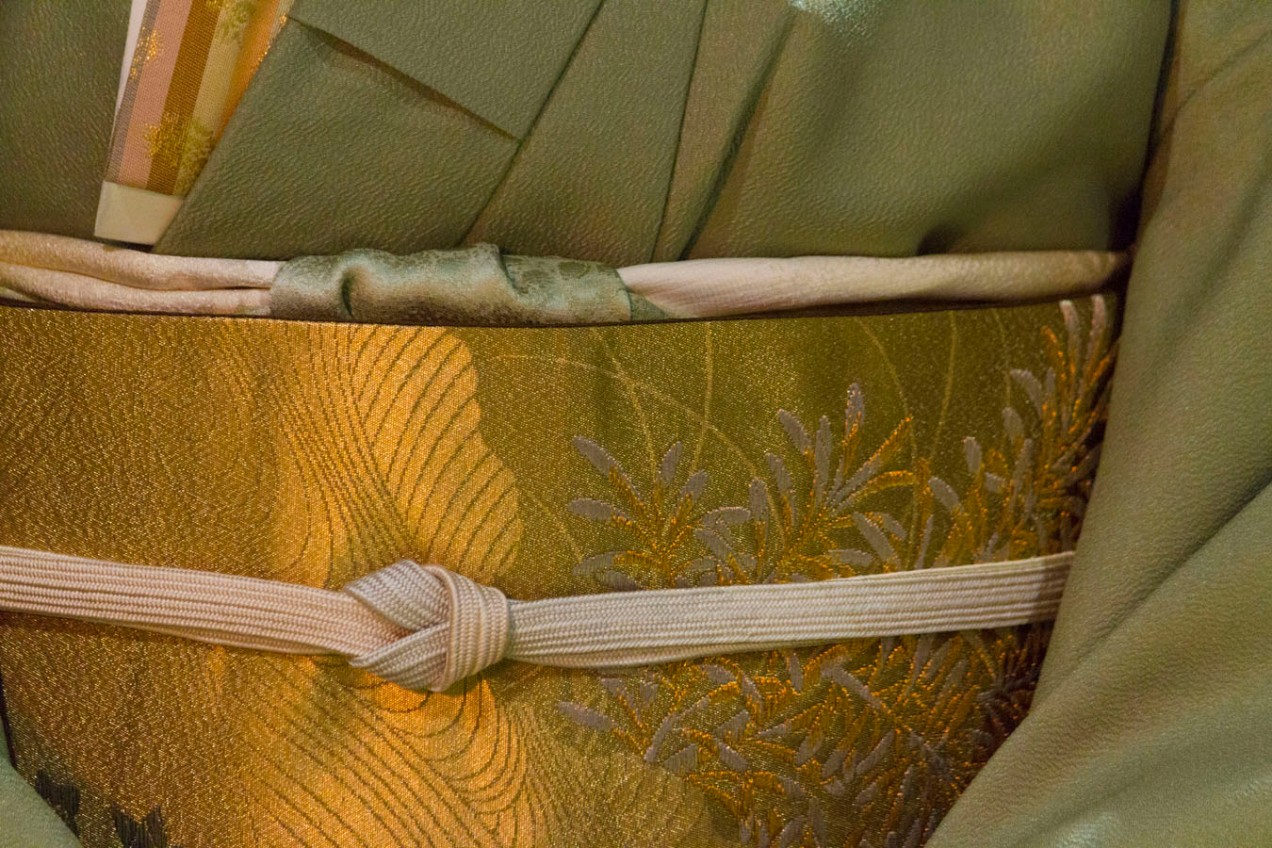
The Finer Details
Ornate designs of a hostess’ kimono worn during chado (茶道), the traditional Japanese tea ceremony. The muted colors express a modest and humble attitude toward the guest, but profound beauty can still be found within the folds, the textures, and the finer details.
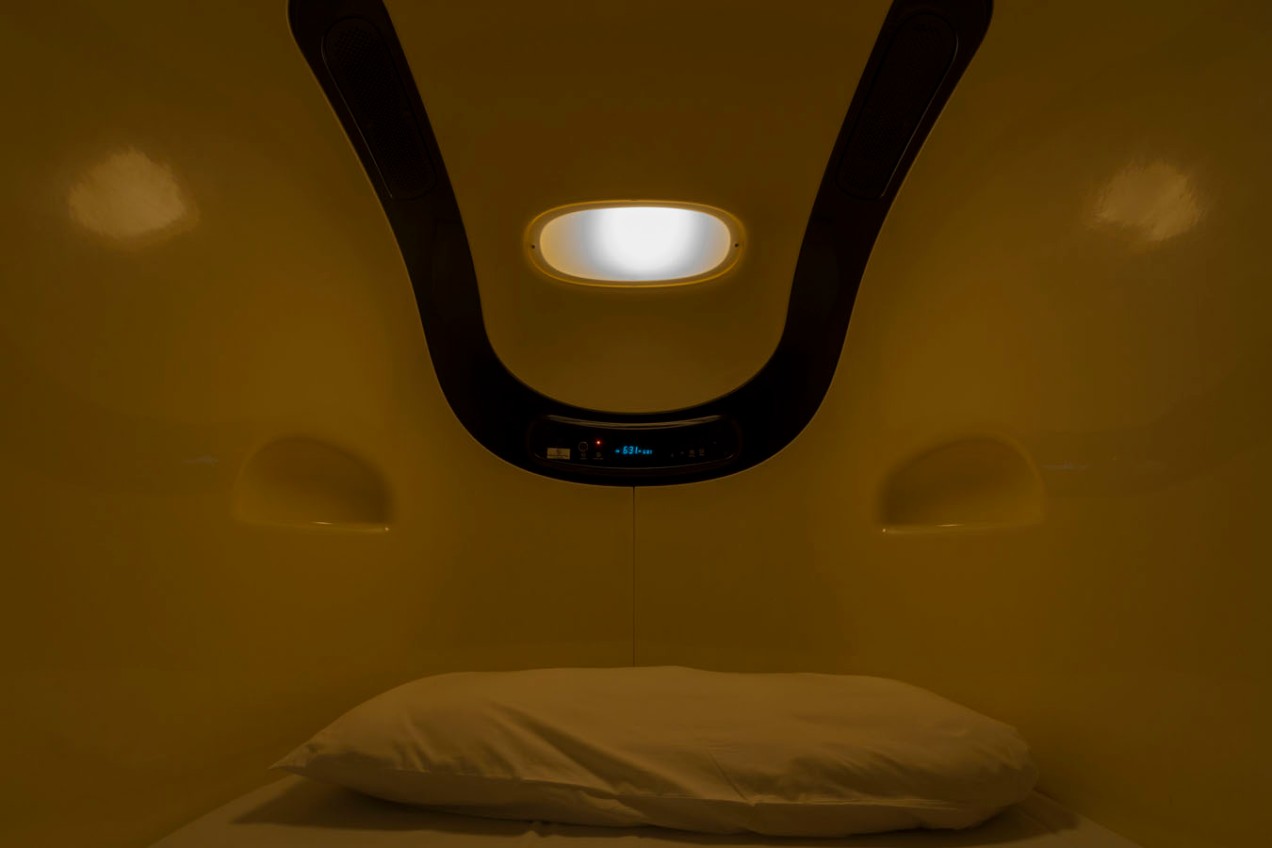
Kyoto Capsule
In my solo travels through Japan, I happened upon a delightfully unique accommodation, the 9h (nine hours) capsule hotel in Kyoto. If you’re unfamiliar with Japan’s capsule hotels, they were originally created to provide cheap, one-night stays, presumably for businessmen (not women) who were too drunk to make it all the way home. “Rooms” are tiny capsules large enough to house a bed and nothing else. Fancier capsules will have limited shelving and even small TV’s. Patrons would pay the nightly rate, hop in for a snooze, and leave in the morning. Because to Japan’s recent recession, unemployment rates, and progressive accommodations for women, capsule hotels have become quite popular.
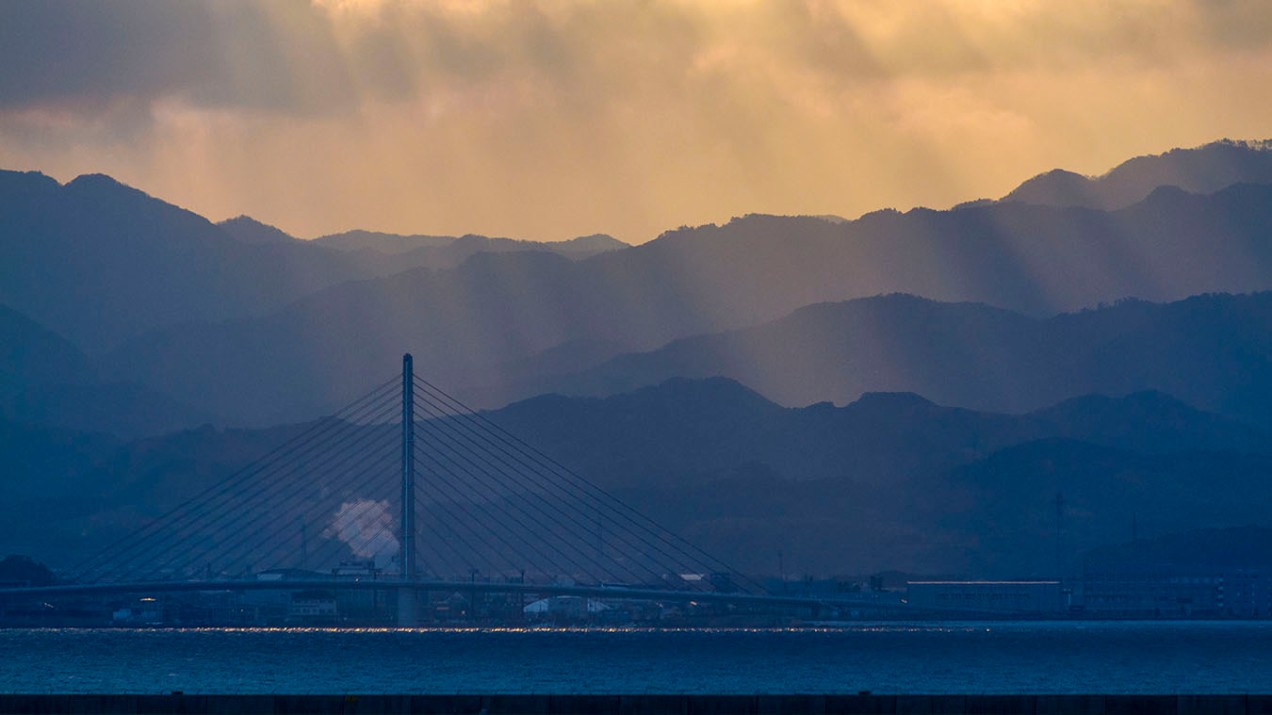
Terminal View
As the rain departed and the sun broke through the clouds, the hills of Osaka revealed themselves. It was a pleasant view from the airport terminal, and the last thing I saw before I left Osaka.
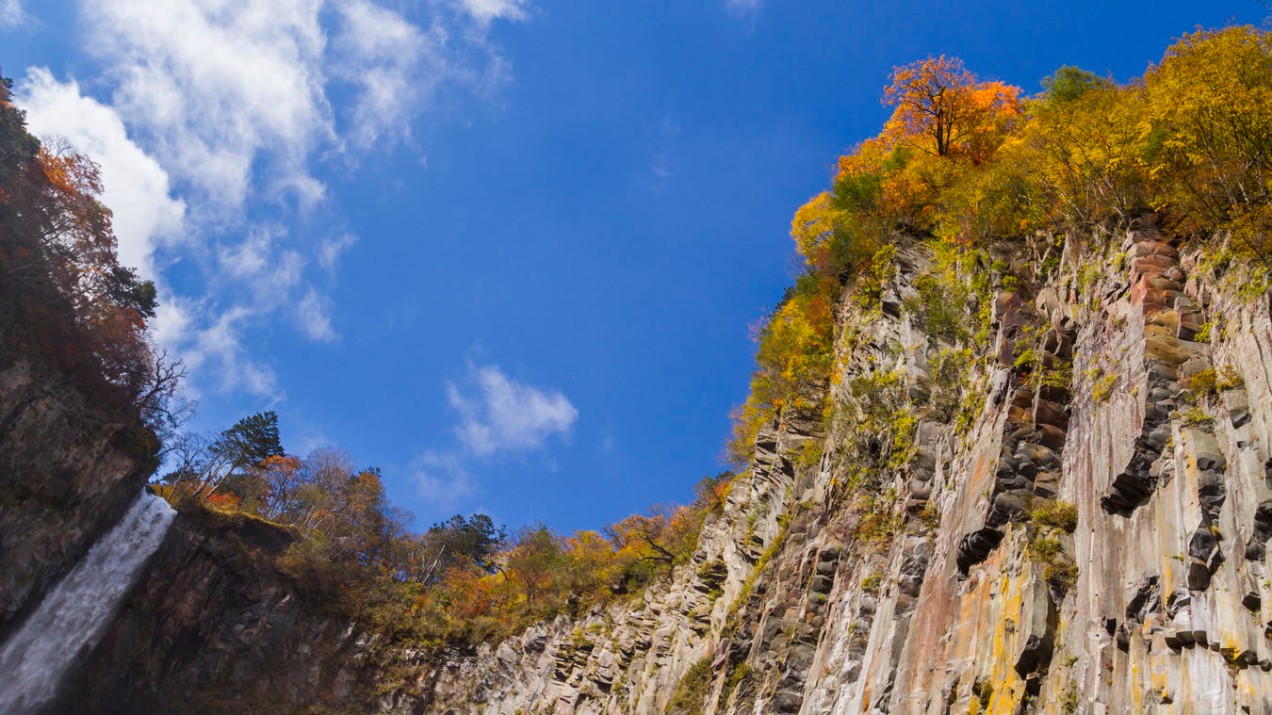
Kegon Falls
Kegon Falls is situated near Lake Chuzenji in Nikko National Park, a popular place to visit in Japan during Fall. As the thousands of maple trees change colors in timed synchronization, Nikko’s foliage turns from a uniform green to a fiery combination of bright yellows, oranges, and reds throughout the entire region. On a clear day, a spattering of warm, Autumn colors can be see at the top of the falls. As one of Japan’s 3 tallest waterfalls, Kegon’s waters plunge down 97m (318 ft) before hitting the bottom and joining with a wide curtain of smaller falls. I always preferred spring over fall, but now I might need to reconsider…
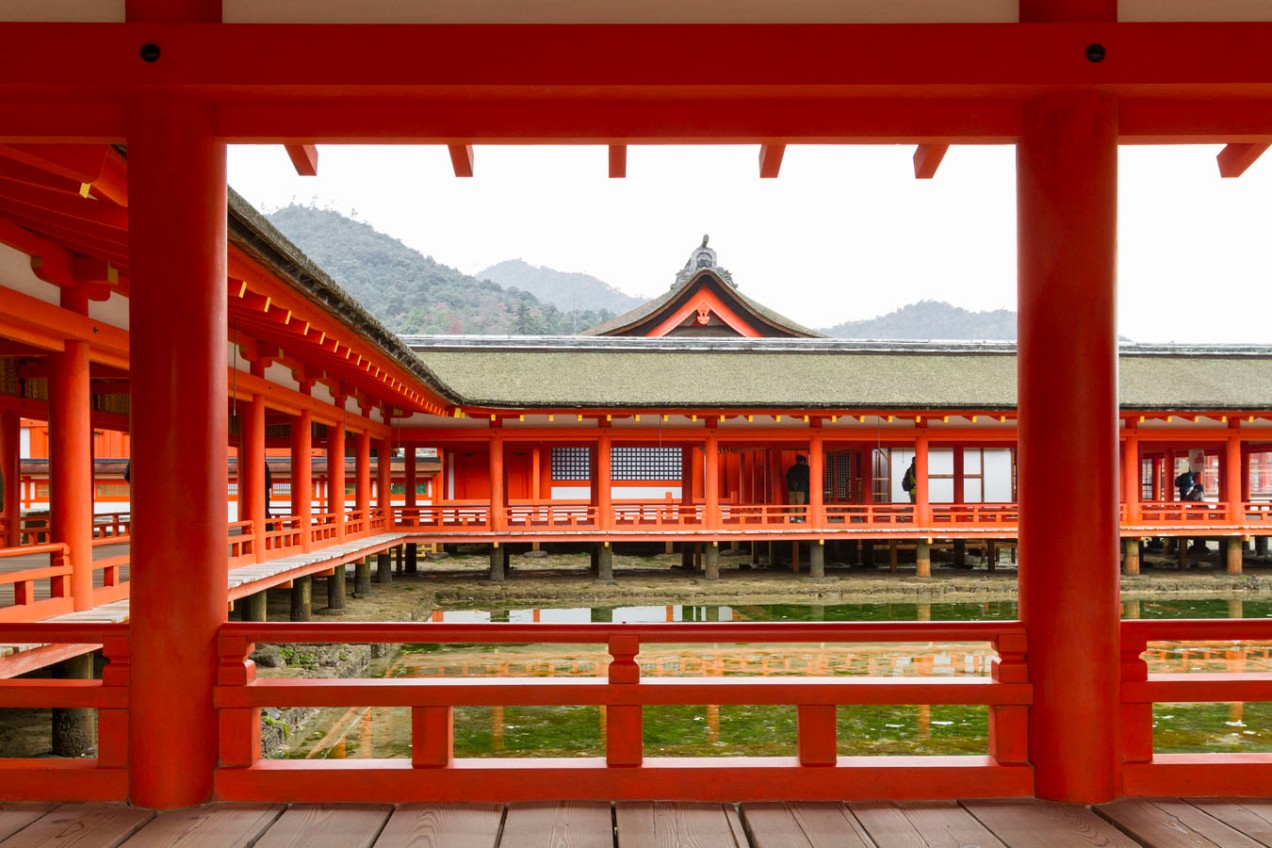
Itsukushima Shrine
A beautiful shrine built on piers above the Hiroshima bay. Its original construction began in the 6th century, according to Wiki. In front of the main shrine lies an enormous torii gate, standing by itself in the bay’s clear waters, approachable by foot during low tides. I could sit on the wooden pier for hours.

Odaiba Day
One photo wasn’t enough to represent a proper Odaiba experience, so here are a few more of the fun things you can do and see if you’re ever there. A full day on the island should be adequate to knock the larger touristy attractions off the list — there’s plenty to do there. I’d recommend visiting on a Saturday to experience the hustle and bustle of the local culture. If that’s not your cup of tea, you can visit on a Monday morning, where it becomes a pseudo-abandoned ghost town, perfect for secluded, romantic, and potentially creepy dates.
Rainbow Ferris
A day trip to Odaiba Tokyo will bring you to a large, colorful ferris wheel, among several other attractions. Odaiba is a man-made island that was originally built as a strategically defensive position, but has since become a large attraction for families, teens, and romantic lovers. With a series of large shopping malls, amusement rides, arcades, and more, you can’t go wrong with a day in Odaiba!
Unless you’re antisocial and misanthropic…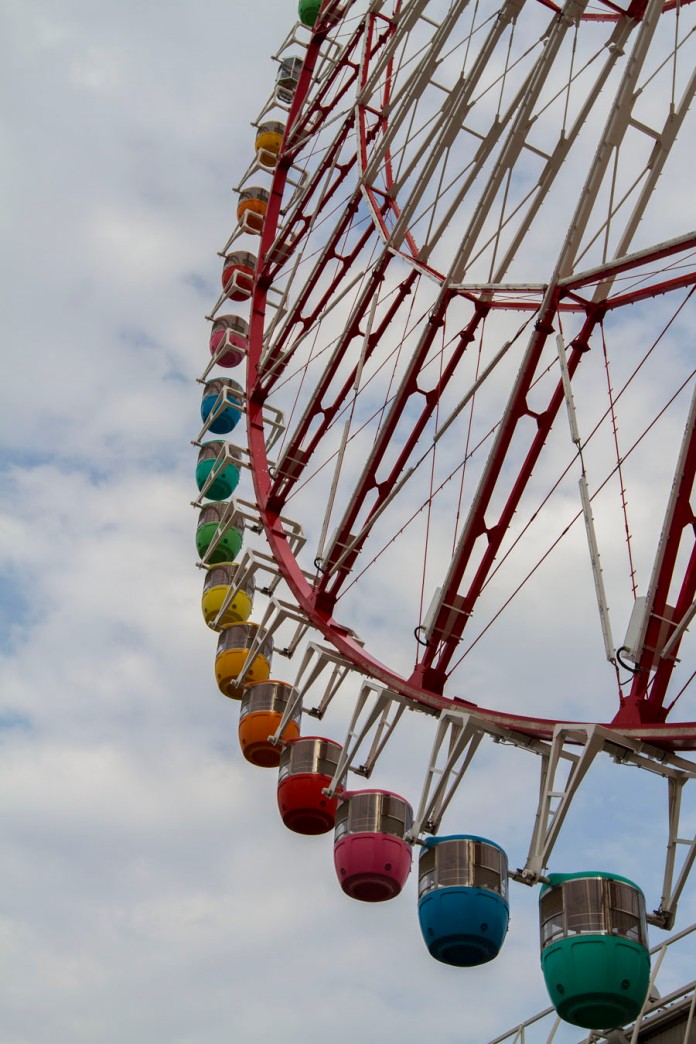

Himeji Abstract
As the shinkansen entered Himeji, the castle came into view. Needless to say, it stood out, a stark contrast from its old, traditional architecture to the modern urban landscape around it. The sight was surreal, something not often seen in the US. And it was a behemoth compared to Osaka’s.
According to Wikipedia, it is comprised of a network of 83 buildings with advanced defensive systems from the feudal period. First built in 1333, it was continually expanded until about 1600, where it has stood for 400 years, through numerous crises including WW2 bombings and the Kobe earthquake. It is often called Hakurojo (White Egret Castle) or Shirasagijo (White Heron Castle) for its pristine, white form, a flying bird in the backdrop of the blue sky.
